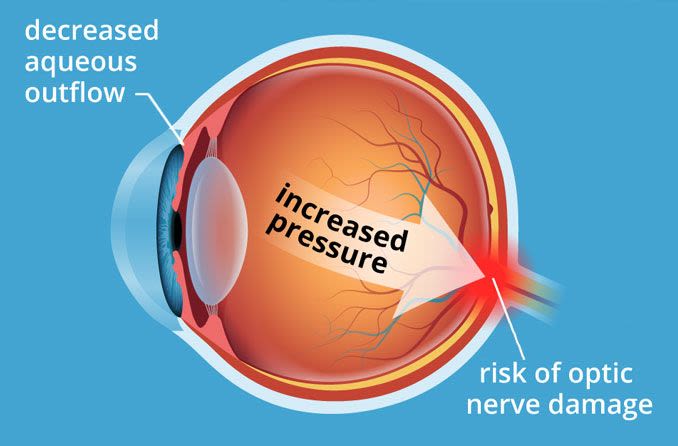Guest Blog: What Happens When You Have High Eye Pressure?


Increased pressure inside the eye, also referred to as intraocular pressure, can cause many eye-related problems and severe conditions like glaucoma. This increased pressure can damage the optic nerve and lead to severe vision problems and permanent blindness. This is why it becomes essential to maintain the eye pressure within its normal range. In this article, we will discuss the causes of high eye pressure, its symptoms, and its treatment. This information can play a vital role in maintaining good eye care and eye health.
What is High Eye Pressure?
High eye pressure, or ocular hypertension as it is known in medical terms, is a condition in which the pressure inside the eye or the intraocular pressure increases beyond its normal range. The normal eye pressure is considered within the range of 10 mm Hg and 21 mm Hg. If your ophthalmologist finds that the eye pressure has surpassed this range, they may suggest a few more tests and start high eye pressure treatment.
Increased eye pressure cannot be considered a disease in itself, but it can indicate an underlying disease like glaucoma. High eye pressure must be detected and treated on time as it may eventually lead to optic nerve damage and serious visual impairment.
Causes for High Eye Pressure
Now that we know what high eye pressure implies, it becomes crucial to know what causes the eye pressure to rise beyond its normal range. The most common causes of high eye pressure are as follows:
- Overproduction of aqueous is one of the leading causes of high eye pressure. Sometimes aqueous is produced at a much higher rate than its drained. This leads to aqueous accumulation, which increases the pressure inside the eye.
- Slow aqueous drainage is another cause of high eye pressure, wherein the drainage system is not properly functional and causes the aqueous to accumulate in the eye.
- Trauma to the eye is another condition that causes an imbalance between the aqueous production and drainage, leading to increased eye pressure.
- Some medications like steroids and steroidal eye drops can also cause high eye pressure.
- Other eye conditions like corneal arcus, pigment dispersion syndrome, etc., are also associated with increased eye pressure.
Symptoms of High Eye Pressure
Some of the common symptoms of high eye pressure are as follows:
- Pain inside and around the eye
- Blurred vision
- Blind spots in the visual field
- Red eyes
- Irritation and discomfort to the eyes
- Headaches
If you experience one or more of the above symptoms, your ophthalmologist may perform some tests to check your IOP levels to decide the further line of treatment.
Treatment of High Eye Pressure
Now that we have seen the causes and symptoms of high eye pressure, the next important step to discuss is the treatment of this condition. The treatment of high eye pressure includes both medications and surgery. Your ophthalmologist will primarily administer you medicated eye drops that help to reduce the intraocular pressure. If medications and eye drops are not helping to reduce the high pressure, your ophthalmologist may suggest you go for surgery. Laser is one of the most popular and less invasive forms of procedure performed to treat problems related to high eye pressure.
About the author- Prof. Dr. Mahipal S Sachdev, Chairman and Medical Director, Center for Sight, New Delhi
